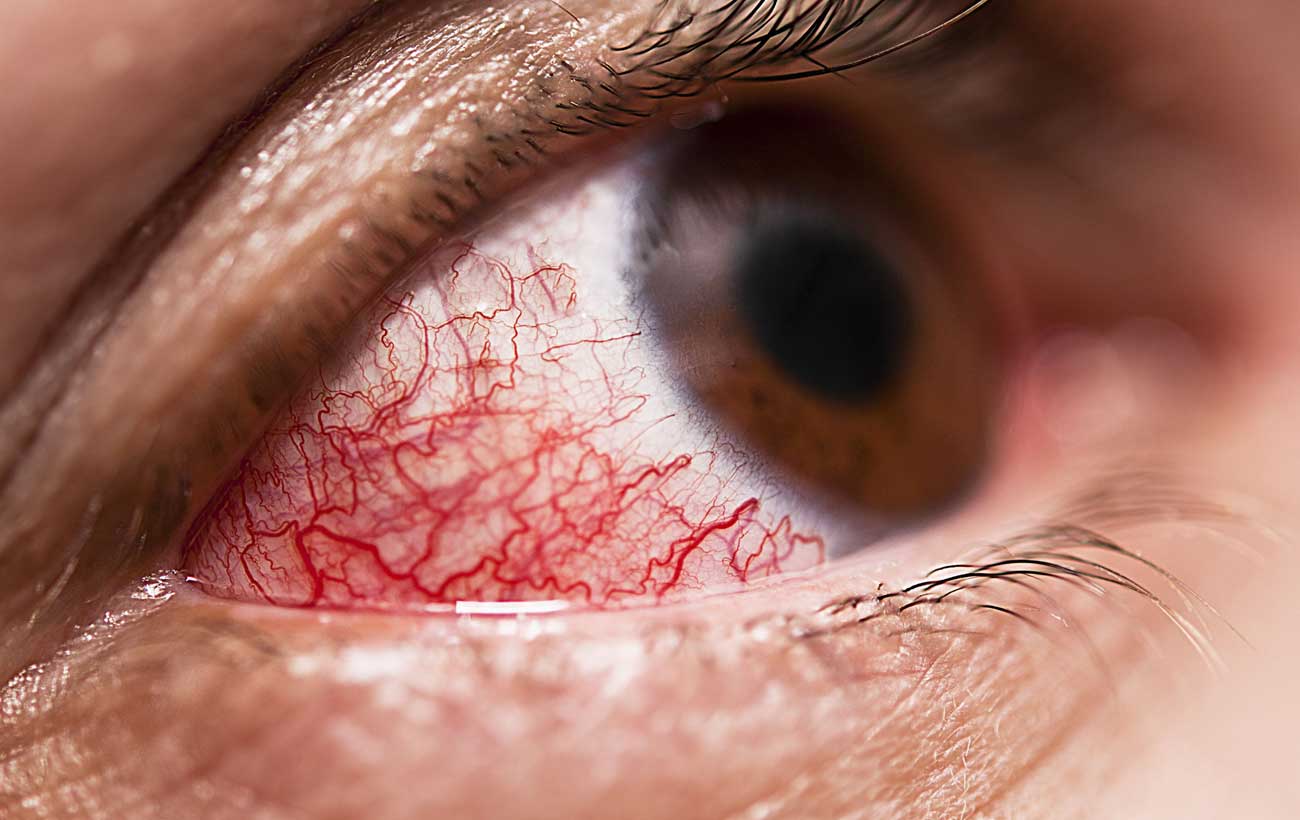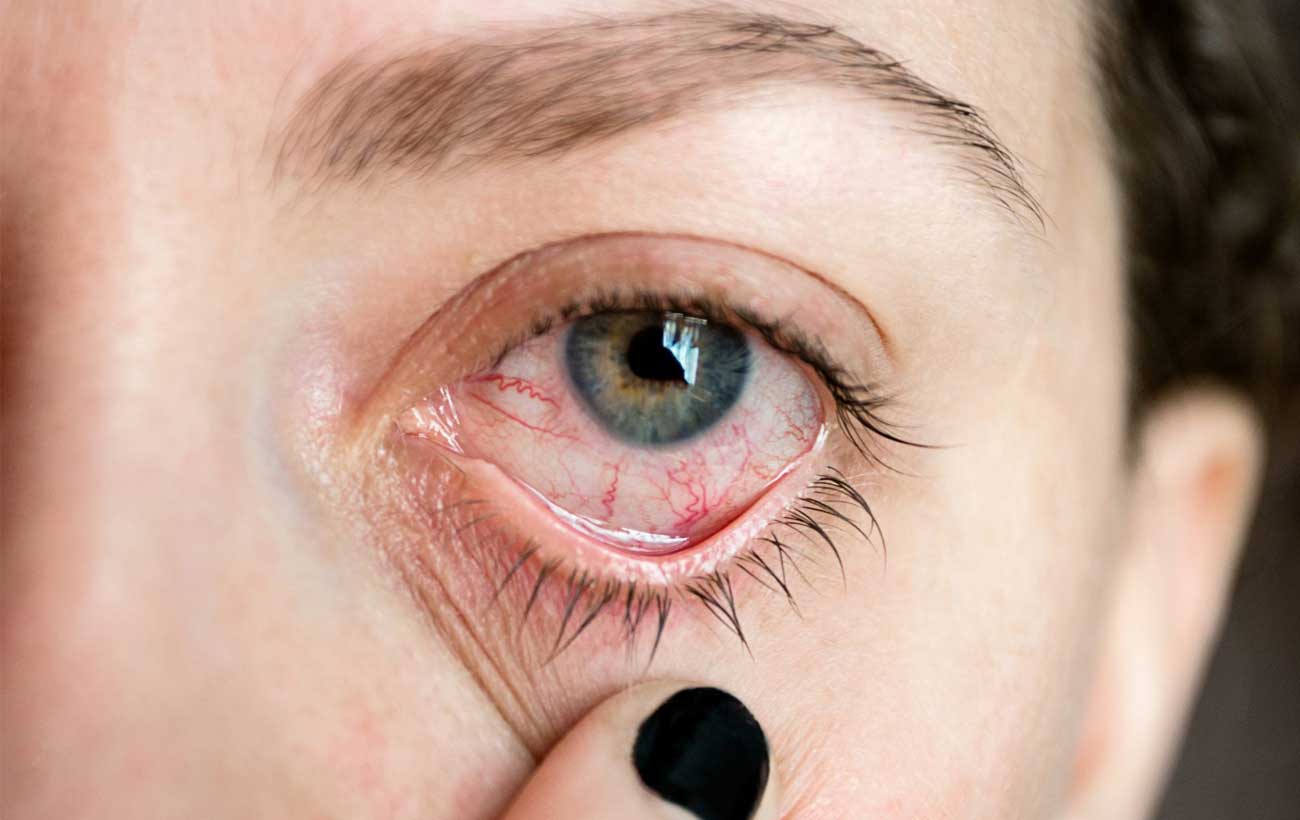A watering eye is an uncommon condition characterized by continuous tearing of the eye. Sometimes…

A corneal ulcer is an open sore or break in the surface of the cornea (the clear, protective covering at the front of the eye). In most cases, a corneal ulcer begins as a scratch or other injury to the cornea that becomes infected by a bacterium, virus, or fungus. An infection can also be spread from another part of the body, such as when a person with a cold sore (which is caused by the herpes simplex virus) touches his or her mouth and then touches his or her eyes. Conditions that interfere with normal lubrication of the eyes by tears—such as entropion, ectropion, or dry eye—or using extended-wear contact lenses can increase the risk of corneal ulcers. People whose eyes are exposed to a spray of particles, such as wood or metal shavings, are also at increased risk.
If a corneal ulcer is not treated promptly, a scar can form on the cornea and impair vision. An infected ulcer may perforate the cornea and allow the infection to enter the eyeball, causing blindness.
Treatments
To treat a corneal ulcer caused by a bacterial infection, doctors prescribe antibiotics, given as drops, ointment, tablets, or injections. For a corneal ulcer caused by a herpes simplex virus infection, doctors prescribe antiviral medication in eyedrops or in an ointment. Corneal ulcers caused by fungi are treated with eyedrops that contain antifungal medication.
If scarring from corneal ulcers severely impairs a person’s vision, a doctor may recommend a cornea transplant, a surgical procedure in which the damaged cornea is removed and replaced with a healthy cornea from a donor. If an ulcer has perforated the cornea, immediate surgery is required to seal the hole and prevent the infection from entering the eyeball.




